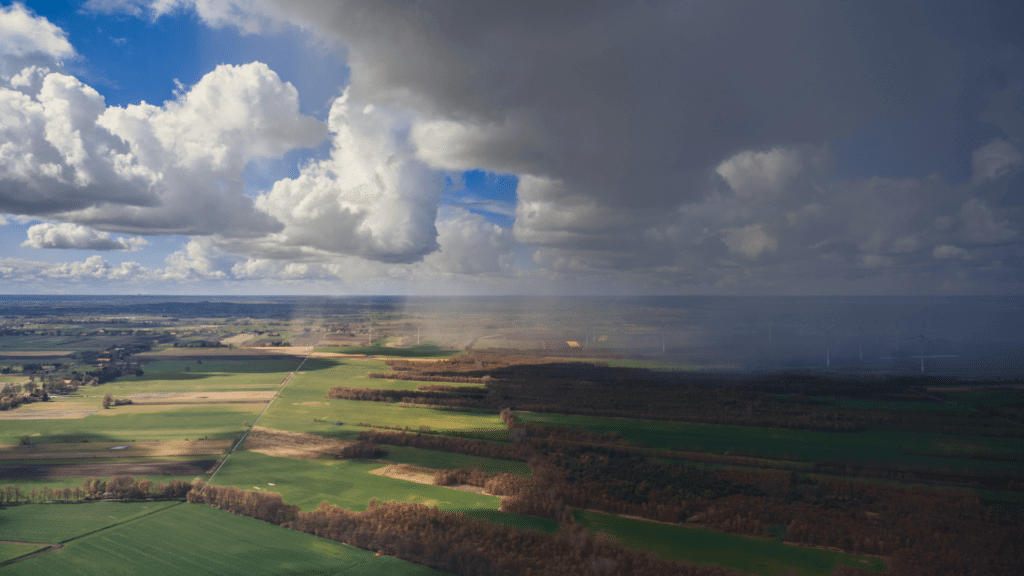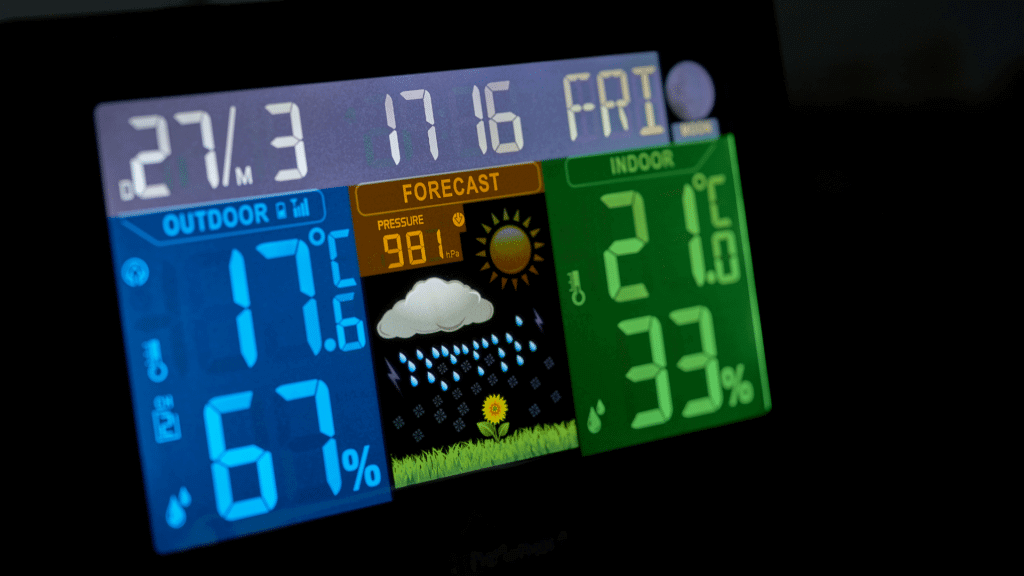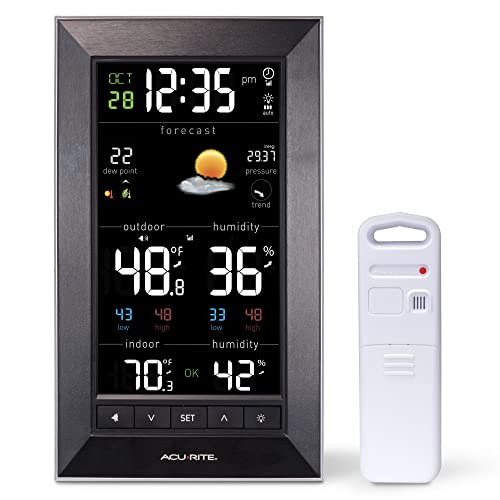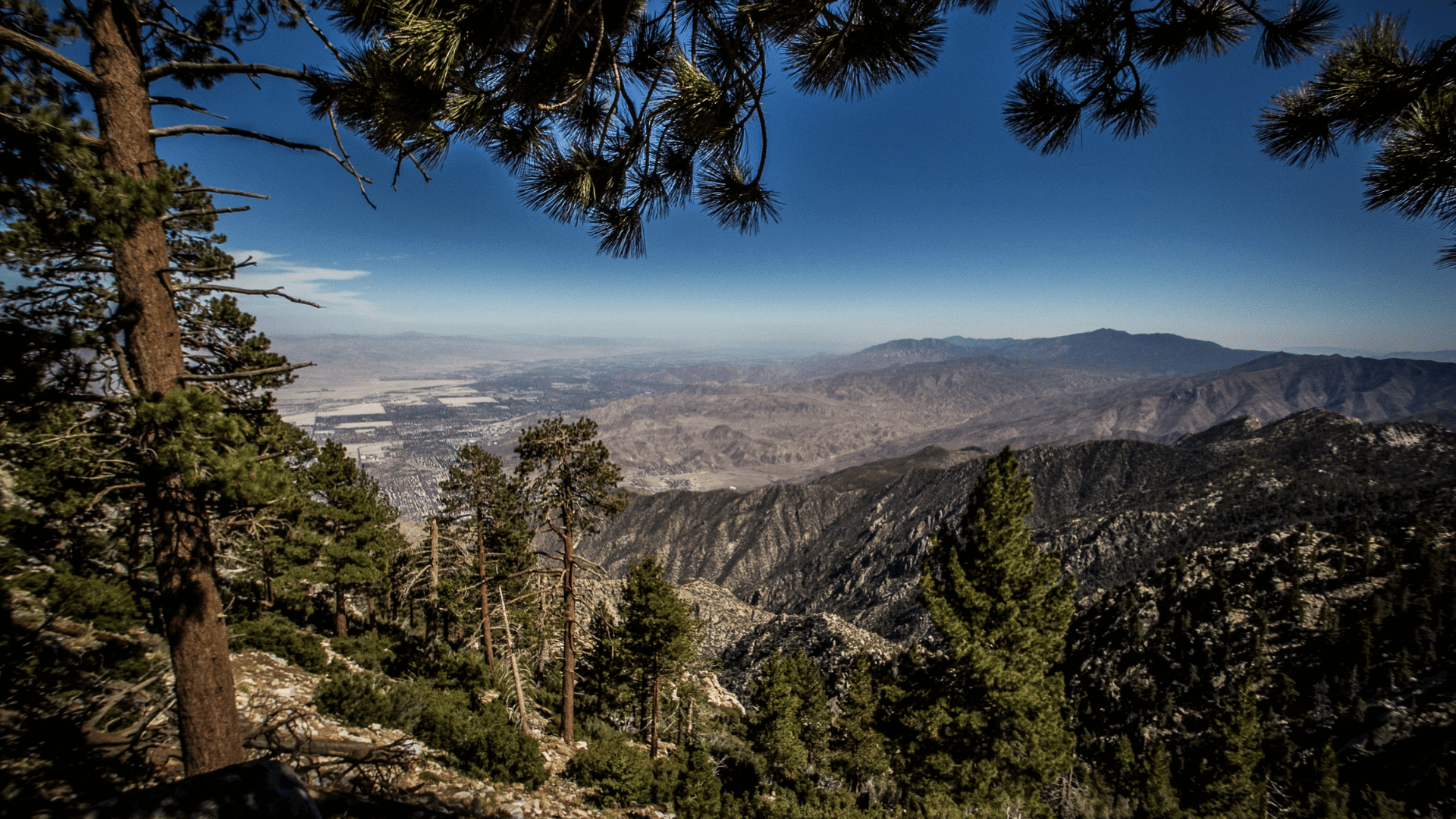Table of Contents Show
An RV weather station is a tool to measure the weather where you are located. It primarily consists of a display station, a temperature probe, and a thermometer, which communicate via a wired or wireless connection. RV weather stations come in a variety of shapes and sizes, as well.
Why You Need One
One of the most important features that an RV can have is a weather station. Knowing what the weather is doing or planning to do is very important when you’re on the road. They can tell you if a storm is coming or if you need to take a raincoat on your outing. Do you need to put in your awning or should you get ready for lots of sun?

How accurate is a forecast on a weather station?
It would be nice if all weather stations were accurate, but actually, you get what you pay for. If the station sensors are positioned correctly and the unit is made of quality materials, it can be pretty accurate.
Can I run a weather station on batteries?
Weather stations can run on batteries. Most use lithium batteries that can be recharged when they run low. Lithium batteries can be used to -40 degrees F. Many have a 5V adapter for the base unit with a battery backup.

What is barometric pressure?
Barometric pressure is the measure of air pressure in the atmosphere. The pressure is always changing. As the pressure changes so does the weather. Weather stations use a capacitive based pressure transducer that is super sensitive and accurate. These take the place of the household barometers that used mercury to measure the level of pressure in the atmosphere. When low-pressure systems move into an area, they bring poor weather with wind and precipitation, like hurricanes. A high-pressure system usually brings fair, calm weather.
Two Types of RV Weather Stations
Wired
Wired weather stations use an electronic cable to send signals from the remote sensors to the indoor hub. They are usually less expensive than wireless counterparts. They are also reliable when it comes to transmitting the data back to the display center. Wired stations will have to have an entry point for the wire, which could mean drilling through the wall of the RV.
Wireless
Wireless weather stations are easier to set up and some have the option of using a smartphone for displaying the data as well as the base station. The information from the instruments will be transmitted through WiFi, so an internet signal is necessary to get the data. These systems can also be added to if you want to collect other statistics. The system can transmit data from around 300 feet to 1,000 feet reliably with good internet.

What to Consider When Buying an RV Weather Station
According to Wired.com, “The best home weather stations offer real-time insight into everything from wind speed and expected rainfall to solar radiation and UV levels.” It is possible that you will only want the temperature and the humidity readings and that’s okay, too.
Setup Requirements
There are two big setup requirements. One, the sensors must be placed in a certain way to get accurate readings, like away from houses and trees. The second is that the sensors are not set too far away to accurately transmit the data to the base unit. Each device has its own distance limit.
Update Interval
How often does the information on the base unit update? The update range is from 2.5 seconds for a good unit to every 30 seconds. For the more up-to-date info, you want yours to transmit data more often.
Elevation Requirements
One characteristic that you should know about the model you choose is if it works at elevations above 6,000 feet. There are many destinations that are above that number and you want to still be able to get the weather information. Some units can work up to 12,000 feet.
Recommended Units
LaCrosse Technology C85845-1 Color Wireless Forecast Station
- [USA-based family owned company since 1983] [DIGITAL COLOR FORECAST] Dynamic forecast icons with trend arrows (*Please...
- [CURRENT TEMPERATURES & HUMIDITY] Monitor Indoor & Wireless Outdoor Temperatures with humidity levels; CUSTOM set alerts...
The unit tells temperature and humidity inside and out. The transmission range is 300 feet with no obstructions.
AcuRite Vertical Color Weather Station (01121M)
- Real-Time Weather Conditions: The stylish indoor weather station display, an indoor/outdoor thermometer, provides...
- Forecasting Technology: This home weather station provides a hyperlocal, personalized weather forecast 12 hours from...
Includes a self-calibrated 12 to 24-hour forecast feature. It records indoor and outdoor temperature and humidity and keeps high and low for both. The range is up to 330 feet. This unit uses 3 AAA batteries for backup. It comes with a 5V power adapter.
AcuRite 01540M 5-in-1 Weather Station
- Real-Time Weather Conditions: Look no further for the perfect indoor and outdoor thermometer! Wirelessly receive...
- Weather Clock: The indoor weather station display is a large, color LCD Display with the current time, date, and an...
This unit measures temperature, humidity, wind speed, wind direction, and rainfall. It has a large outdoor weather sensor to transmit information. It displays indoor and outdoor temperatures and humidity and feels like temperatures, heat index, dew point, barometric pressure with trend arrow, and wind speed and direction. It also has 12- to 24-hour feature forecasts. It has an adapter as the main source of power with 4 AA batteries for backup.
Last update on 2025-01-19 / Affiliate links / Images from Amazon Product Advertising API










Jason,
I’m curious as what type of unit you guys have. I don’t see much point in having the last one with the anemometer unless you’re in place for a long time and can mount it someplace to provide accuracy.
Currently I have a digital clock/weather guesser/indicator. It has a outside temp. sensor, inside temp and icons that indicate the weather (maybe) based upon the barometric pressure trend (I think) but it gives no barometer reading. I assume it has a sensor for barometric press. so it knows what weather icon to display.
We’re in our first year of the RV life/adventure so I’m learning a lot from different bloggers like you and Rae and I do appreciate the getaway videos you guys put out.
Thank You,
Eric
We both get up each morning and look first at the weather stations in our home or camper before we turn on the coffee pot. Sets the tone for days activities.
I have one in my house, but don’t yet have an RV.
Where is a sensor properly mounted on an RV that it is not in direct sun and safe from falling off in travel?
Thanks
We have always kept a weather station in our RV. I could stick my head out the door to see if I needed a coat before heading outside with my coffee but nope, just glance at the weather station. 😆 Just one of the reasons we like ours.
PS Really enjoy your videos too!